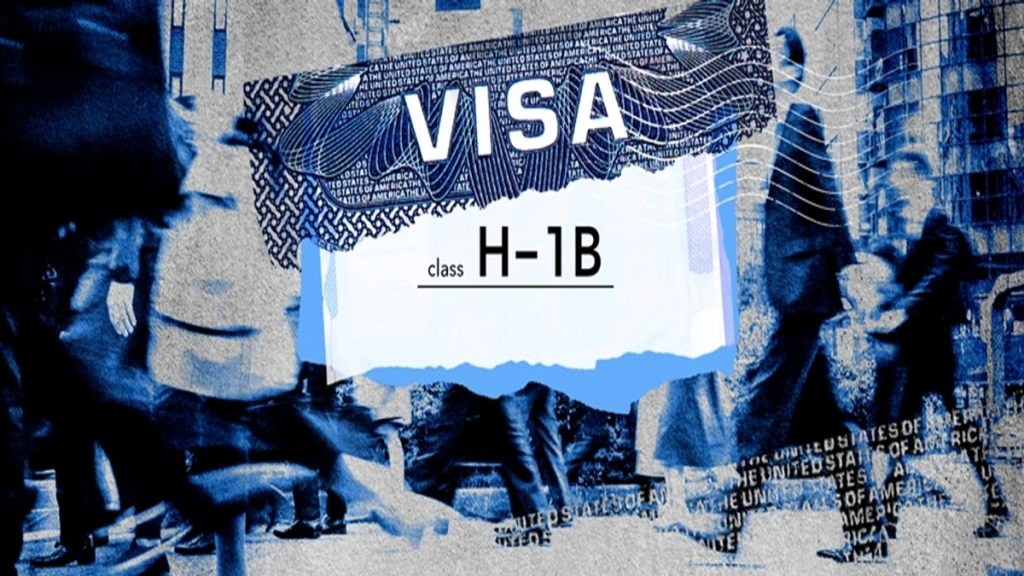Obtaining an H-1B visa is becoming increasingly difficult for foreign workers. Many immigration experts suggest that the L-1 visa serves as an alternative to the H-1B visa. Andri Boiko, Founder & CEO, Garant In says, “Yes, the L1 visa can serve as an alternative to the H-1B visa, but it addresses a different set of needs and qualifications in the U.S. immigration system. Both visas allow foreign professionals to live and work in the U.S. temporarily, but they differ significantly in requirements, eligibility, and usage.”
As an L-1 visa holder, one can even apply for US Green Card to become a lawful permanent resident in the United States. For that, your U.S. employer must file USCIS Form I-140, Petition for Alien Worker.
“For Indian professionals exploring the US career options, the L-1 visa is now a standout, skill-driven alternative to the traditional H-1B route,” says Aditya Shanker Raghuwanshi, Co-founder & CEO, Masterclass Space
The search for alternatives to the H-1B visa is becoming increasingly urgent as the US imposes more restrictions on its issuance. Two significant changes have occurred in the H-1B visa program, one of which has already been implemented.
The 2026 H-1B lottery may implement a wage-based selection process, potentially decreasing the likelihood of low-wage workers obtaining the sought-after US work permit. Also, the introduction of a $100k fee on all H-1B petitions filed after September 21 limits the hiring options for foreign workers by U.S. employers.
So, what is the L-1 visa, and is the L-1 visa better than the H-1B visa?
The first thing to know is that, unlike H-1B visas, which are limited to 85,000 annually as set by Congress, there is no cap for the issuance of L-1 visas.
Further, there are two kinds of L-1 Visas, the L-1A and the L-1B classifications. The L-1A visa applies to intracompany transfers of managers and executives, while the L-1B visa classification applies to intracompany transfers of employees with specialized knowledge.
“The L1 visa is specifically for intra-company transferees—employees working for a multinational company who are being transferred to a U.S. branch in a managerial, executive, or specialized knowledge capacity. In contrast, the H-1B is for foreign nationals employed by U.S. companies in specialty occupations requiring at least a bachelor’s degree or its equivalent,” adds Boiko.
What is an L-1 Visa
The L-1 nonimmigrant visa allows U.S. employers to temporarily transfer employees from foreign offices to the US. It means only those who are working in a US company’s foreign office can apply.
“Unlike the H–1B, which relies on a predictable lottery and rising fees, the L-1 allows multinational companies to transfer valued employees, such as managers, executives, and specialists, straight to their US branches, skipping the caps lotteries entirely. This makes L-1 a stable and predictable choice for those who have already proven themselves abroad,” adds Raghuwanshi.
Other than intracompany transfers, there are options available. What if the US employer does not have positions in the existing office in America?
This classification also enables a foreign company that does not yet have an affiliated U.S. office to send an executive or manager to the United States with the purpose of establishing an office in US. So, the US employer can open a new office in America and hire L-1A and L-1B employees from abroad.
For foreign employers seeking to send an employee to the United States as an executive or manager to establish a new office, the employer only needs to show that the employee has been employed as an executive or manager for one continuous year in the three years preceding the filing of the petition.
Qualified employees entering the United States to establish a new office will be allowed a maximum initial stay of one year. Once the new office has been set up, all other qualified employees will be allowed a maximum initial stay of three years.
For all L-1A employees, requests for extension of stay may be granted in increments of up to an additional two years, until the employee has reached the maximum limit of seven years.
Certain companies may establish the required intracompany relationship in advance of filing individual L-1 petitions by filing a blanket petition. The approval of a blanket L petition does not guarantee that an employee will be granted L-1A classification. It does, however, provide the employer with the flexibility to transfer eligible employees to the United States quickly and with short notice without having to file an individual petition with USCIS.
“Many experts emphasize the flexibility that H-1B offers for changing jobs, but L-1 is specially designed for those who focus on growing within a global organisation. The other benefit is that the L-1 spouses can work in the US right away, without extra paperwork or waiting, something H-1B dependents often struggle with. For those deeply engaged with global companies, the L-1 offers clear career progression and family advantages. Though less portable, it replaces uncertainty with reliable growth for skilled professionals,” says Raghuwanshi.

